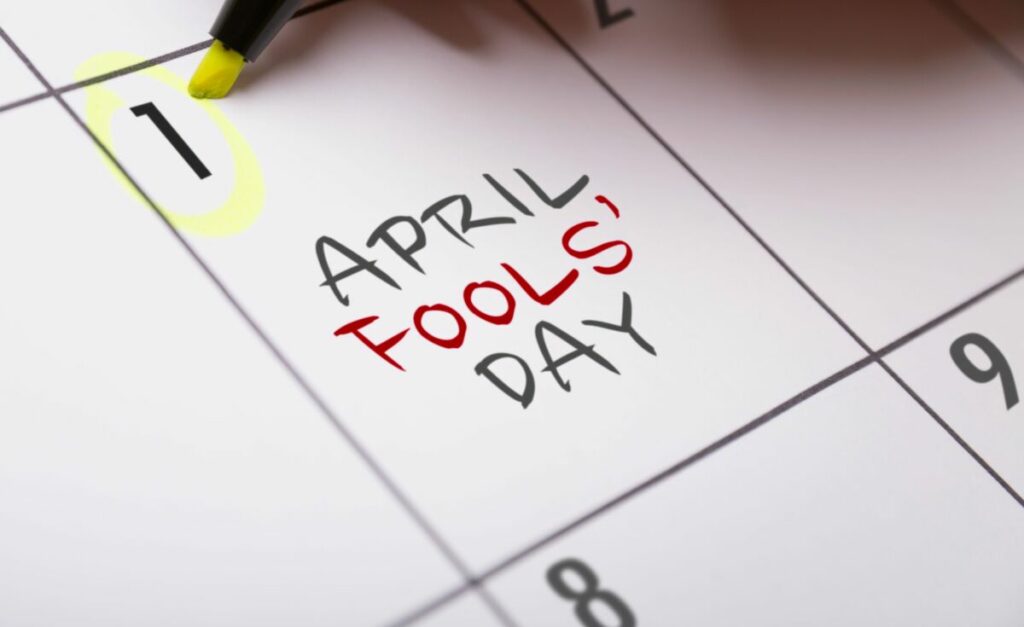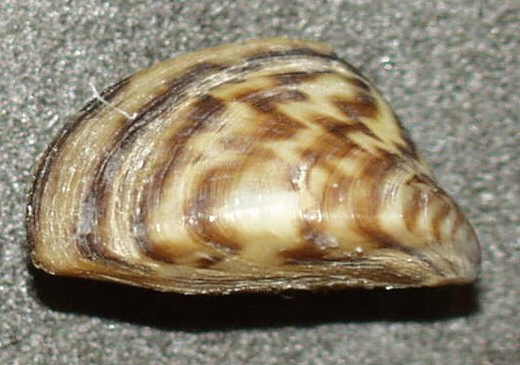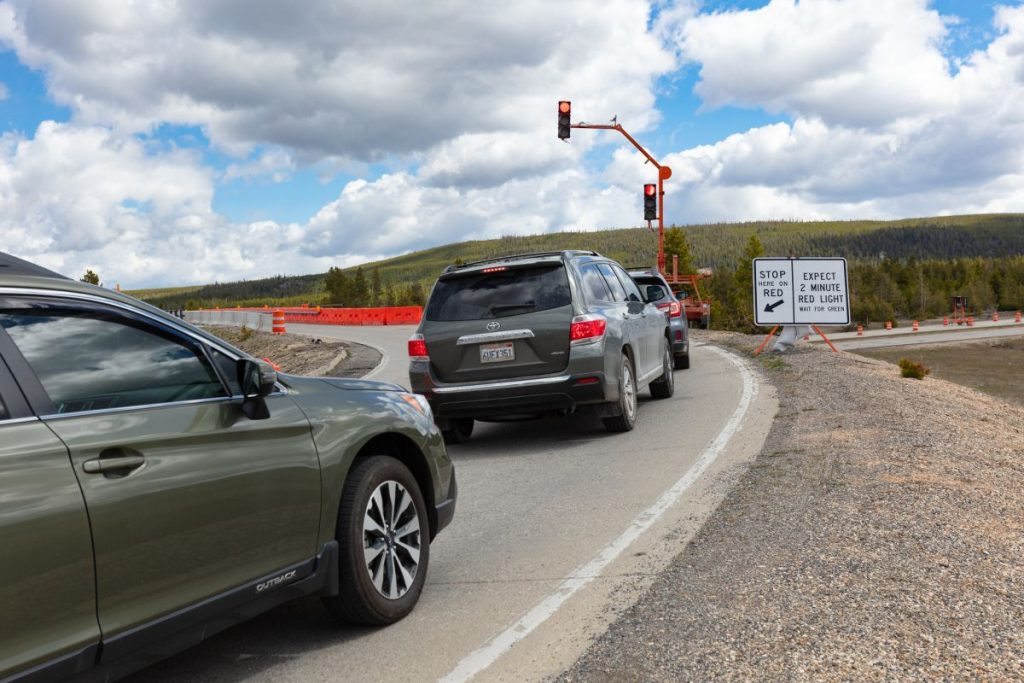6 Yellowstone Fishing Rules Every Visiting Angler Should Know
Written by Nick on April 15, 2023
A Guide to the Most Important Yellowstone Fishing Rules
Every year, some 50,000 anglers visit Yellowstone National Park to enjoy some of the best fishing the world has to offer. But many have never fished in a national park before, and are unfamiliar with the regulations.
Yellowstone is a national treasure because it’s pristine, and if we want to keep it that way, it’s vital that all visitors — including anglers — abide by the rules and regulations laid out by the National Park Service.
Here are six of the most important Yellowstone fishing rules.
1. You Need a Permit
Every angler at least 16 years of age must have a permit — and keep it in their possession while fishing — to fish in Yellowstone National Park. You don’t need a state permit, and they aren’t valid inside the park, anyway.
Children younger than 16 can fish one of two ways:
- Without a permit, so long as they’re directly supervised by an adult who has a valid permit.
- By getting a free permit, signed by a responsible adult, that allows the child to fish without direct supervision in accordance with the Yellowstone fishing rules.
Here’s the fee structure for Yellowstone fishing permits:
- $40 for a 3-day permit
- $55 for a seven-day permit
- $75 for a season-long permit
2. Restrictions on Hooks, Lures, and Tackle
The first thing to know about tackle is that it must be lead-free. This is because birds are vulnerable to lead poisoning. The only exception is for large downrigger weights that you would use to fish for lake trout on Yellowstone Lake, because these weights are too big for birds to ingest.
The Yellowstone fishing rules specify that you may use only barbless hooks. Alternatively, use pliers to pinch down the barbs on your hooks. Keep in mind, the vast majority of fishing in Yellowstone is catch-and-release, so you should make a concerted effort to catch fish in a way that minimizes injury and preserves their health. Each lure may have only one hook, but that hook can have a single, double, or treble configuration.
The National Park Service says single-pointed hooks are the best bet for fishing in Yellowstone.
Flies can only have one hook, but you can use up to two flies in a single leader.
You cannot bait hooks in Yellowstone, except for typical fly-tying materials like feathers. This includes inorganic bait such as rubber worms. You also cannot use any scented bait — liquid or solid — in Yellowstone. Chumming is also illegal.
3. Know Your Possession Limits
As you brush up on these important Yellowstone fishing rules, you should also familiarize yourself with the native and nonnative fish species in the park. This will help you comply with possession limits.
The biggest thing to know is that all native fish must be released unharmed. This applies to the entire park.
There are special rules for two designated areas in the park. The first is the Native Trout Conservation Area, and the rules are as follows:
- You may harvest as many nonnative fish as you like, such as brown or brook trout.
- In the Lamar River drainage, you must kill all rainbow trout, brook trout, and identifiable cutthroat/rainbow hybrids. You are not allowed to release them alive.
- You must kill all lake trout caught on Yellowstone Lake.
- All smallmouth bass caught in Yellowstone National Park must be killed and reported.
Here are the Yellowstone fishing rules rules for the Nonnative Trout Tolerance Area:
- There are possession limits for nonnative fish.
- Northwest Region: Limit of five brook trout; all rainbow and brown trout are catch-and-release.
- Southwest Region: Limit of five nonnative fish of any species, and no more than one brown trout. This applies to the waters above Lewis Falls, including Lewis and Shoshone Lakes as well as the Lewis Channel. You may not discard lake trout carcasses along the shore of Yellowstone Lake, since they’ll probably attract bears.
- In the Madison River, all whitefish must be released.
You may remove gills and entrails from fish you catch, but you must discard them in the waters where the fish was caught. Keep the skin attached to your fish for identification purposes.
4. Do Not Introduce or Spread Aquatic Invasive Species
This is one of the most important Yellowstone fishing rules, and there are a few different ways the National Park Service asks anglers to help.
All felt-soled footgear is prohibited in the park. If you have absorbent felt or other fibrous material on the bottom of your footwear, you can’t use it in Yellowstone.
If you’re bringing a boat into Yellowstone, you must clean, drain, and dry the vessel and all gear before your AIS inspection.
No, you can’t avoid the inspection. The National Park Service checks all vessels before they’re allowed to enter park waters.
5. Know Where You Can’t Fish
A short, but important point here. The Yellowstone fishing rules specify that you may not fish from any road bridge, marina or boat dock.
Yes, that includes the iconic Fishing Bridge. No recreating those cool old black-and-white photos.
At Madison Junction and the Grand Village boat launch, you’ll find accessible fishing platforms and ramps.
The only exception to the rule about fishing from boat docks: You are allowed to fish from boat docks at backcountry locations on Yellowstone Lake.
If you want to see some of the best places to fish in Yellowstone National Park, check out our helpful guide to the park’s prime fishing spots.
6. Yellowstone Fishing Seasons and Hours
According to the Yellowstone fishing rules, the season runs from the Saturday of Memorial Day weekend through October 31. There are some exceptions in the regional regulations.
Daily, you can fish from sunrise to sunset. You are not allowed to fish with artificial light.
Keep in mind that the National Park Service may temporarily close streams in order to protect fish populations. Examples include low water levels and high temperatures.
Remember, Yellowstone is bear country. Follow these vital bear safety tips, and see the park’s bear management area restrictions for more information about area closures, travel restrictions, or daylight limitations.




